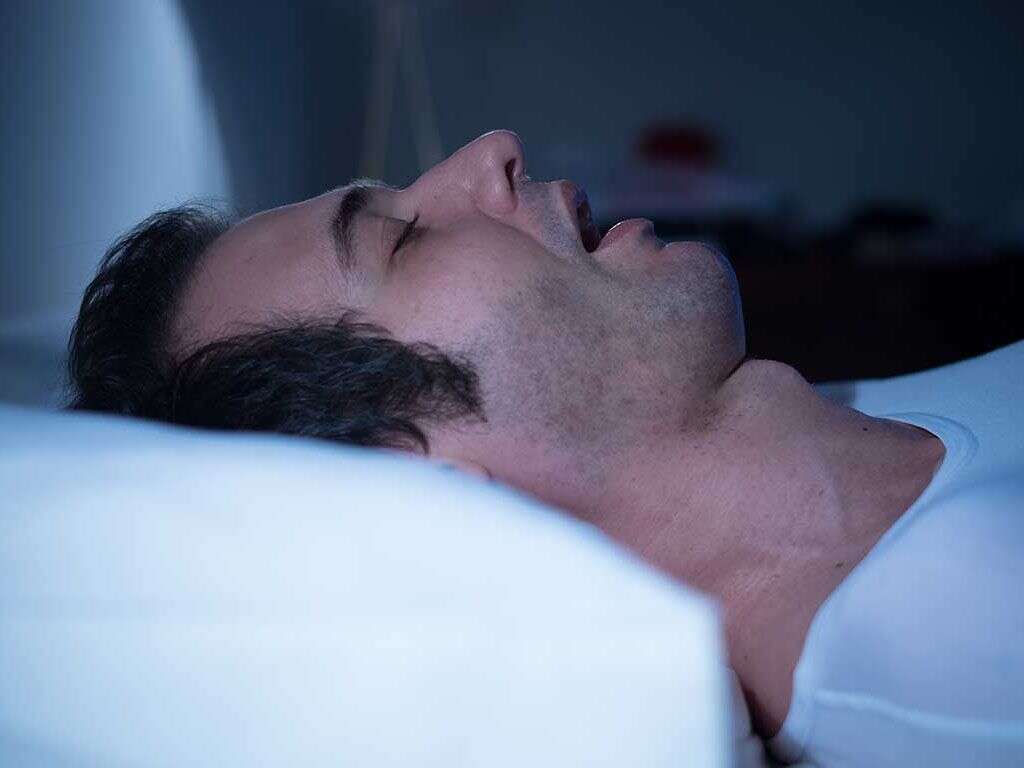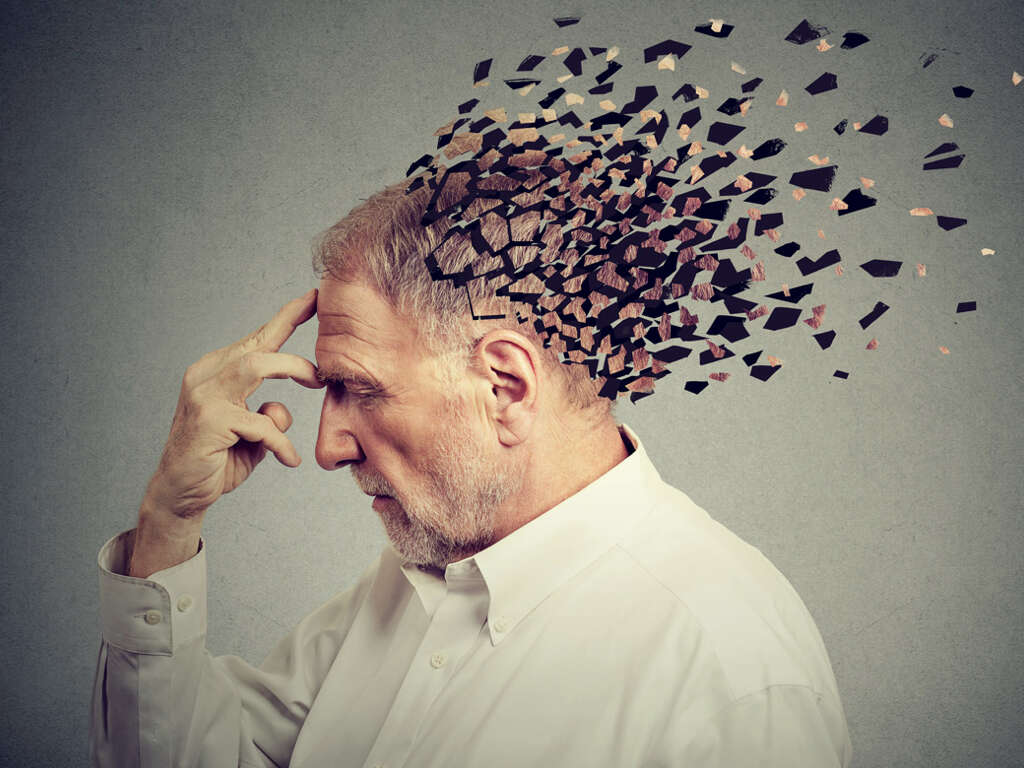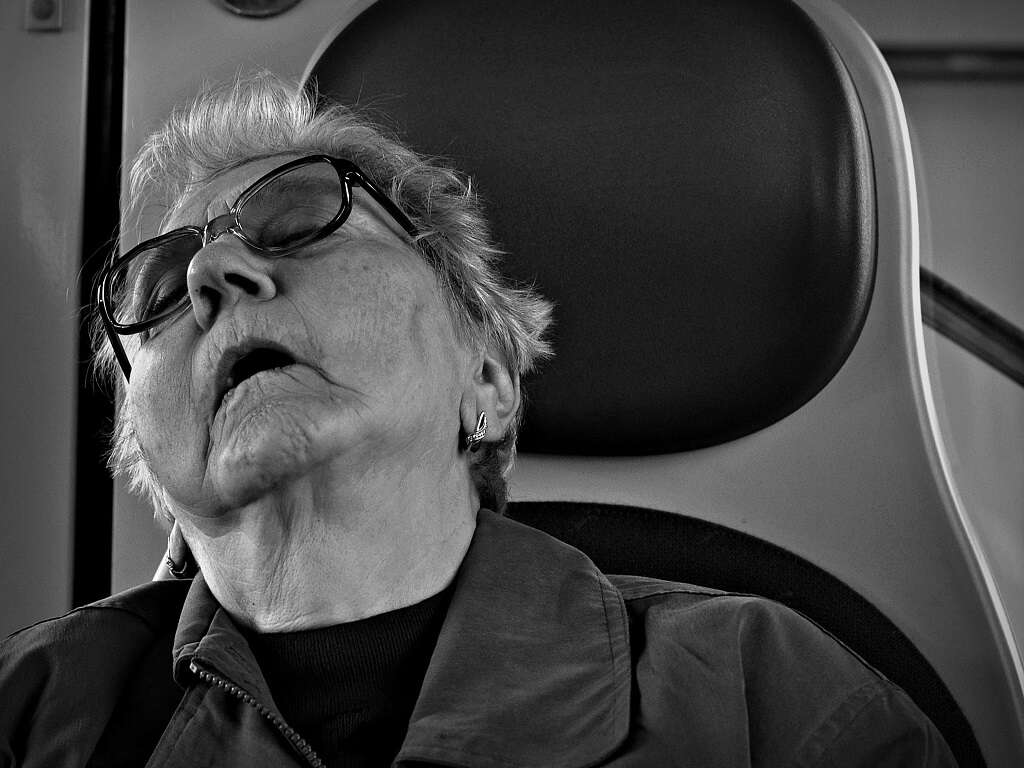What Is REM Sleep?
 Article Sources
Article Sources
- 1. 'Sleep Basics: REM & NREM, Sleep Stages, Good Sleep Habits & More.' Cleveland Clinic, my.clevelandclinic.org/health/articles/12148-sleep-basics.
- 2. Eagleman, David, et al. 'Why Do We Dream? A New Theory on How It Protects Our Brains.' Time, time.com/5925206/why-do-we-dream.
- 3. 'Dreaming Also Occurs during Non Rapid Eye Movement Sleep.' ScienceDaily, www.sciencedaily.com/releases/2016/08/160809121817.htm.
- 4. 'Stages of Sleep.' Sleep Foundation, www.sleepfoundation.org/how-sleep-works/stages-of-sleep.
- 5. 'Dreams: FAQ.' Dreamresearch.net, University of California, Santa Cruz, dreams.ucsc.edu/FAQ.
- 6. ASA Authors & Reviewers Sleep Physician at American Sleep Association Reviewers and Writers Board-certified sleep M.D. physicians. 'REM Sleep: Why Is It Important?' American Sleep Association, www.sleepassociation.org/about-sleep/stages-of-sleep/rem-sleep.
- 7. Publishing, Harvard Health. 'Repaying Your Sleep Debt.' Harvard Health, Harvard University, July 2007, www.health.harvard.edu/fhg/updates/Repaying-your-sleep-debt.shtml.
- 8. 'Nightmares: Symptoms, Causes, & Treatment.' Sleep Foundation, 9 Oct. 2020, www.sleepfoundation.org/nightmares.
2. Sleep Stages 1 & 2
In adults, sleep occurs in 90 to 110-minute cycles, with each cycle containing three non-REM stages and one stage of REM sleep. Stage 1, known as light sleep, only lasts around 1 to 5 minutes. When woken up during this stage, people typically are unaware they were asleep, and it's usually quite easy to wake them.
Stage 2 lasts for 25 minutes to an hour, increasing in length as more cycles pass over the course of a night. It's harder to wake people up during this stage.4‘Stages of Sleep.’ Sleep Foundation, www.sleepfoundation.org/how-sleep-works/stages-of-sleep.
Advertisement











